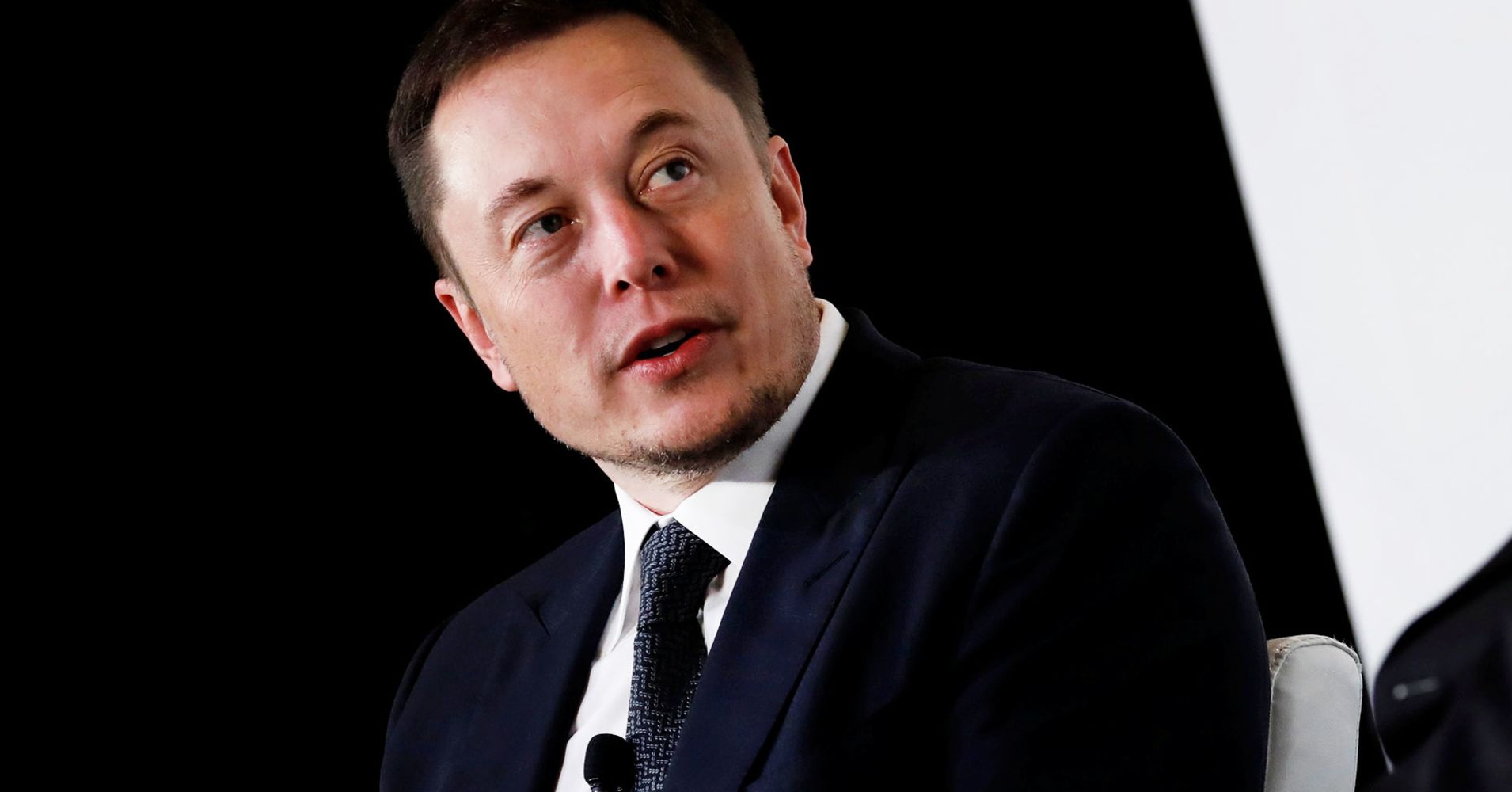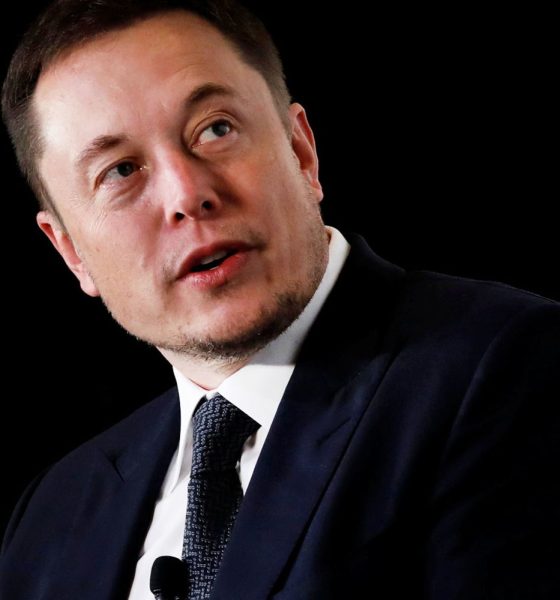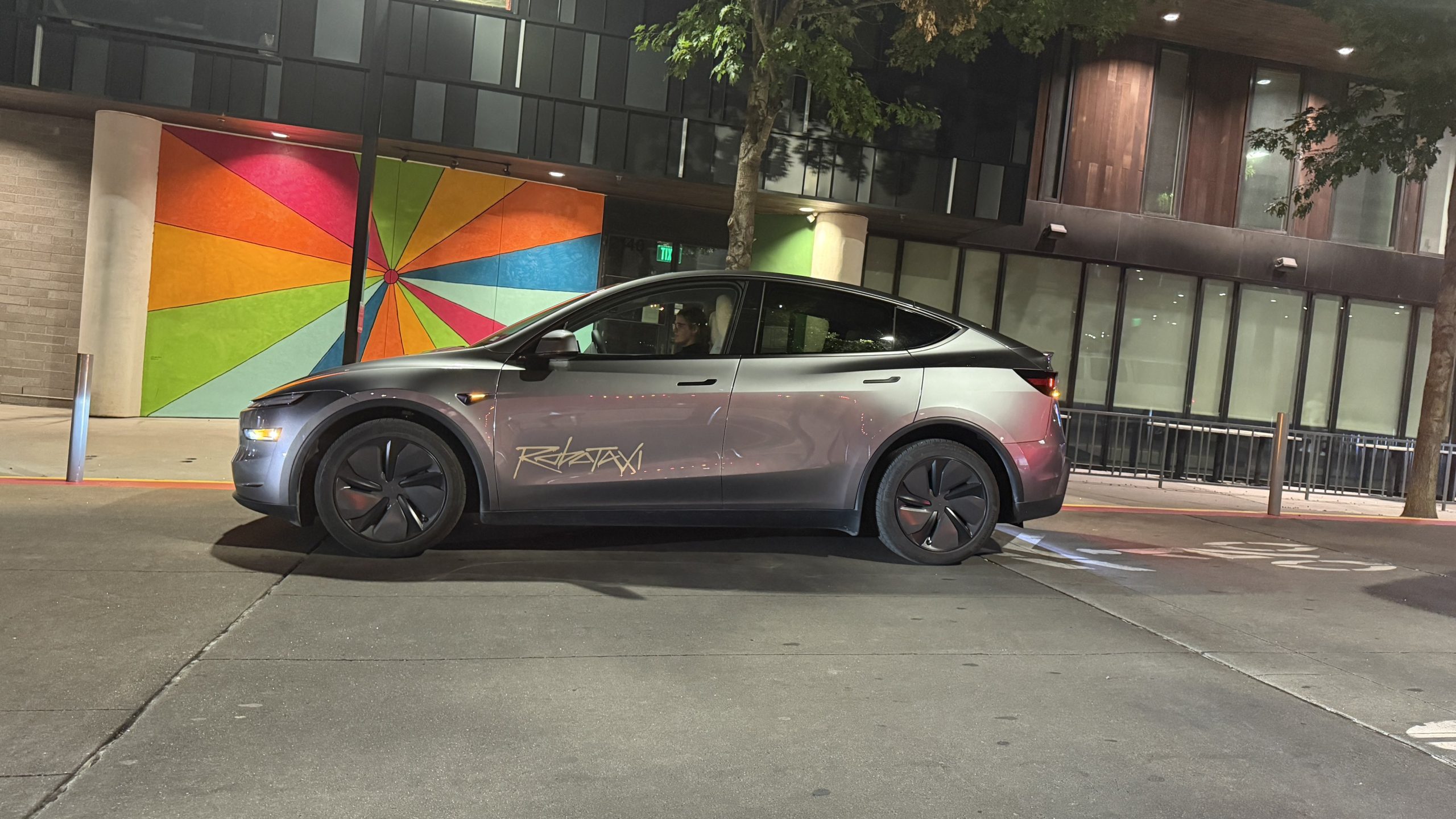

Investor's Corner
Tesla’s Q2 2018 earnings call showed a more mature Elon Musk leading a more mature company
Tesla’s Q2 2018 financial results and earnings call were not only a pleasant surprise because of the encouraging figures in the company’s Update Letter. Contrary to what critics of the company have predicted in the weeks leading up to the Q2 2018 earnings call, the Elon Musk that showed up on Wednesday was not the same person that attended Q1’s now infamous Q&A session.
To say that Elon Musk has courted controversy over the past few months is an understatement. During the company’s Q1 earnings call, Musk lost patience and cut off analysts from Bernstein and RBC Capital Markets, dubbing their questions as “dry,” “boring” and “boneheaded.” The ensuing fallout from Musk’s dismissal of the analysts’ inquiries was significant, with Tesla’s stock taking a steep nosedive. Musk’s actions online became subject to criticism as well, particularly after he was involved in the rescue attempt of a soccer team stranded in a flooded cave network in Thailand. Facing criticism from internet trolls and a rude comment from a cave explorer, Musk snapped back with a retort that was equally uncalled-for. Just like his actions during Tesla’s Q1 earnings call, his Twitter reaction then was negatively reflected in Tesla’s stock.
Elon Musk is at his best when he is calm and calculating and at his worst when he is combative and emotional. While his actions over the past few months on Twitter suggested that he would attend Wednesday’s Q&A session as the latter, his behavior during the Q2 earnings call itself was clearly the former. Musk was restrained, readily admitting his mistakes and directly apologizing for his behavior.
“Yeah, I’d like to apologize for being impolite on the prior call. Obviously, I think there’s no excuse for bad manners, and I was kind of violating my own rule in that regard. I have some excuse; there are reasons for it. I’ve gotten no sleep, and I’ve been working 100, 120-hour weeks, but nonetheless, there’s still no excuse. My apologies for not being polite on the prior call.”
Tesla seemingly made it a point to address questions asked by Toni Sacconaghi from Bernstein and Joseph Spak of RBC Capital Markets, the two analysts who were on the receiving end of Musk’s frustration in the first-quarter earnings call. Musk was polite, humble even, at one point reiterating a direct apology to the RBC Capital Markets analyst.
“I would like to apologize for being impolite on the last call with you. It was not right. I hope you accept my apology,” Musk said.
Apart from Musk’s apology for his errors, Tesla’s Q2 2018 earnings call also featured the CEO sharing the spotlight with members of Tesla’s executive and Autopilot team. As questions were asked, they were addressed by individuals whose expertise corresponded directly to the inquiries. This was quite a departure from Musk’s behavior in Q1’s Q&A session, when he dominated much of the discussion. Targets and timelines mentioned during the call were also realistic, a departure from Musk’s usual bold promises and claims. When Musk was asked about Tesla’s coast-to-coast Autonomous drive, for example, the CEO admitted that the company is currently focusing its attention on releasing Software V9, which would introduce the company’s first Full Self-Driving features.
A look at Tesla’s Q2 2018 Update Letter shows that the electric car and energy company is growing at a rapid rate — and it’s just getting started. With the Model 3 sustaining a 5,000 per week production rate for several weeks in July, Tesla is now looking to raise the electric car’s manufacturing to even greater heights. Tesla plans to ramp the production of the vehicle to 7,000 per week, and steadily improve it from there until it reaches 10,000 Model 3 per week. Overall, Tesla’s potential is vast, but as the company matures into a full-fledged carmaker, Elon Musk must also mature to become a more well-rounded leader.
In an interview with Bloomberg Businessweek last month, Elon Musk promised that he would do better when it comes to responding to the company’s critics and trolls on Twitter. While Musk’s recent tweets — two of which involved a snarky message to Tesla bear Montana Skeptic and hedge fund owner David Einhorn — still showed his tendency to poke fun at his detractors, his actions in the Q2 2018 earnings call shows that he is willing to take a step towards change.
Ultimately, the stock market appears to have appreciated Musk’s change of pace. Tesla stock (NASDAQ:TSLA) popped after hours, at one point rising as high as 10%. As of Thursday’s pre-market, the company’s shares were up 8.06%, trading at $325.10.

Investor's Corner
Tesla analyst maintains $500 PT, says FSD drives better than humans now
The team also met with Tesla leaders for more than an hour to discuss autonomy, chip development, and upcoming deployment plans.

Tesla (NASDAQ:TSLA) received fresh support from Piper Sandler this week after analysts toured the Fremont Factory and tested the company’s latest Full Self-Driving software. The firm reaffirmed its $500 price target, stating that FSD V14 delivered a notably smooth robotaxi demonstration and may already perform at levels comparable to, if not better than, average human drivers.
The team also met with Tesla leaders for more than an hour to discuss autonomy, chip development, and upcoming deployment plans.
Analysts highlight autonomy progress
During more than 75 minutes of focused discussions, analysts reportedly focused on FSD v14’s updates. Piper Sandler’s team pointed to meaningful strides in perception, object handling, and overall ride smoothness during the robotaxi demo.
The visit also included discussions on updates to Tesla’s in-house chip initiatives, its Optimus program, and the growth of the company’s battery storage business. Analysts noted that Tesla continues refining cost structures and capital expenditure expectations, which are key elements in future margin recovery, as noted in a Yahoo Finance report.
Analyst Alexander Potter noted that “we think FSD is a truly impressive product that is (probably) already better at driving than the average American.” This conclusion was strengthened by what he described as a “flawless robotaxi ride to the hotel.”
Street targets diverge on TSLA
While Piper Sandler stands by its $500 target, it is not the highest estimate on the Street. Wedbush, for one, has a $600 per share price target for TSLA stock.
Other institutions have also weighed in on TSLA stock as of late. HSBC reiterated a Reduce rating with a $131 target, citing a gap between earnings fundamentals and the company’s market value. By contrast, TD Cowen maintained a Buy rating and a $509 target, pointing to strong autonomous driving demonstrations in Austin and the pace of software-driven improvements.
Stifel analysts also lifted their price target for Tesla to $508 per share over the company’s ongoing robotaxi and FSD programs.
Investor's Corner
Tesla wins $508 price target from Stifel as Robotaxi rollout gains speed
The firm cited meaningful progress in Tesla’s robotaxi roadmap, ongoing Full Self-Driving enhancements, and the company’s long-term growth initiatives.

Tesla received another round of bullish analyst updates this week, led by Stifel, raising its price target to $508 from $483 while reaffirming a “Buy” rating. The firm cited meaningful progress in Tesla’s robotaxi roadmap, ongoing Full Self-Driving enhancements, and the company’s long-term growth initiatives.
Robotaxi rollout, FSD updates, and new affordable cars
Stifel expects Tesla’s robotaxi fleet to expand into 8–10 major metropolitan areas by the end of 2025, including Austin, where early deployments without safety drivers are targeted before year-end. Additional markets under evaluation include Nevada, Florida, and Arizona, as noted in an Investing.com report. The firm also highlighted strong early performance for FSD Version 14, with upcoming releases adding new “reasoning capabilities” designed to improve complex decision-making using full 360-degree vision.
Tesla has also taken steps to offset the loss of U.S. EV tax credits by launching the Model Y Standard and Model 3 Standard at $39,990 and $36,990, Stifel noted. Both vehicles deliver more than 300 miles of range and are positioned to sustain demand despite shifting incentives. Stifel raised its EBITDA forecasts to $14.9 billion for 2025 and $19.5 billion for 2026, assigning partial valuation weightings to Tesla’s FSD, robotaxi, and Optimus initiatives.
TD Cowen also places an optimistic price target
TD Cowen reiterated its Buy rating with a $509 price target after a research tour of Giga Texas, citing production scale and operational execution as key strengths. The firm posted its optimistic price target following a recent Mobility Bus tour in Austin. The tour included a visit to Giga Texas, which offered fresh insights into the company’s operations and prospects.
Additional analyst movements include Truist Securities maintaining its Hold rating following shareholder approval of Elon Musk’s compensation plan, viewing the vote as reducing leadership uncertainty.
@teslarati Tesla Full Self-Driving yields for pedestrians while human drivers do not…the future is here! #tesla #teslafsd #fullselfdriving ♬ 2 Little 2 Late – Levi & Mario
Investor's Corner
Tesla receives major institutional boost with Nomura’s rising stake
The move makes Tesla Nomura’s 10th-largest holding at about 1% of its entire portfolio.

Tesla (NASDAQ:TSLA) has gained fresh institutional support, with Nomura Asset Management expanding its position in the automaker.
Nomura boosted its Tesla holdings by 4.2%, adding 47,674 shares and bringing its total position to more than 1.17 million shares valued at roughly $373.6 million. The move makes Tesla Nomura’s 10th-largest holding at about 1% of its entire portfolio.
Institutional investors and TSLA
Nomura’s filing was released alongside several other fund updates. Brighton Jones LLC boosted its holdings by 11.8%, as noted in a MarketBeat report, and Revolve Wealth Partners lifted its TSLA position by 21.2%. Bison Wealth increased its Tesla stake by 52.2%, AMG National Trust Bank increased its position in shares of Tesla by 11.8%, and FAS Wealth Partners increased its TSLA holdings by 22.1%. About 66% of all outstanding Tesla shares are now owned by institutional investors.
The buying comes shortly after Tesla reported better-than-expected quarterly earnings, posting $0.50 per share compared with the $0.48 consensus. Revenue reached $28.10 billion, topping Wall Street’s $24.98 billion estimate. Despite the earnings beat, Tesla continues to trade at a steep premium relative to peers, with a market cap hovering around $1.34 trillion and a price-to-earnings ratio near 270.
Recent insider sales
Some Tesla insiders have sold stock as of late. CFO Vaibhav Taneja sold 2,606 shares in early September for just over $918,000, reducing his personal stake by about 21%. Director James R. Murdoch executed a far larger sale, offloading 120,000 shares for roughly $42 million and trimming his holdings by nearly 15%. Over the past three months, Tesla insiders have collectively sold 202,606 shares valued at approximately $75.6 million, as per SEC disclosures.
Tesla is currently entering its next phase of growth, and if it is successful, it could very well become the world’s most valuable company as a result. The company has several high-profile projects expected to be rolled out in the coming years, including Optimus, the humanoid robot, and the Cybercab, an autonomous two-seater with the potential to change the face of roads across the globe.
@teslarati Tesla Full Self-Driving yields for pedestrians while human drivers do not…the future is here! #tesla #teslafsd #fullselfdriving ♬ 2 Little 2 Late – Levi & Mario








